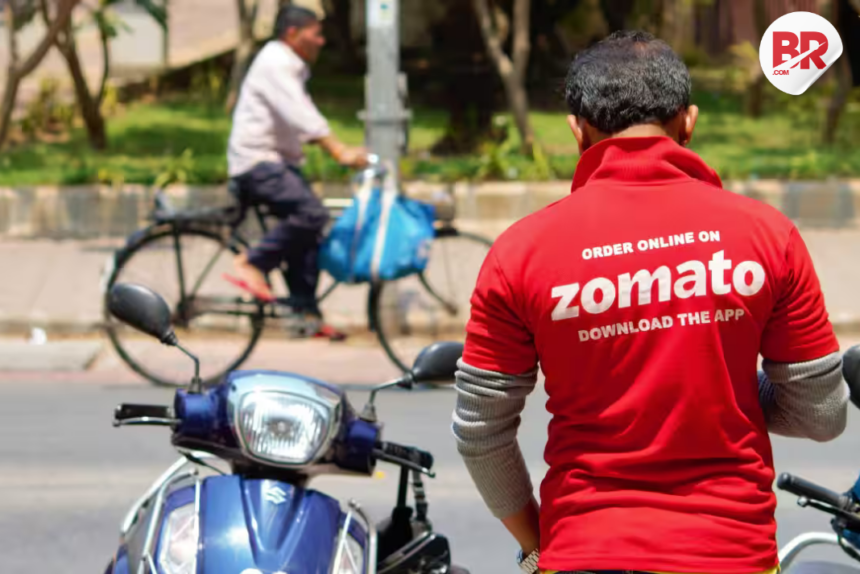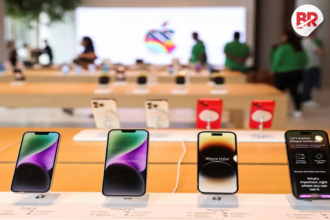
You can crave biryani in 15 minutes—but can Zomato really deliver it that fast?
Zomato’s Quick Delivery service, which promised 15-minute meals, has been paused—just four months after its flashy debut. It’s not the first time this has happened. Their earlier project, Zomato Instant, aimed for 10-minute delivery but quietly shut down in early 2023.
This raises a real question: Is India ready for food at warp speed, or are we chasing a dream that’s burning more fuel than it’s worth?

The Reality Behind the 15-Minute Hype
For the average hungry customer, the idea of food arriving almost as fast as a WhatsApp reply sounds like magic. But behind the scenes, it’s anything but simple.
Getting your butter chicken to your door in 15 minutes isn’t just about cooking fast—it’s about building an entire system around speed. Think local mini-kitchens, dark stores, hyper-local delivery fleets, and tech that predicts what you might order before you even feel hungry. That’s the level of complexity Zomato tried to juggle.
And when one wheel slips—be it costs, manpower, or delivery partner safety—the entire operation swerves.
Also Read Akshaya Tritiya Shock: Gold Sales Plunge 30%, But India Still Splurged—On What?
A Flashback to Zomato Instant
If this sounds familiar, that’s because it is. In 2022, Zomato launched Zomato Instant in Bengaluru and Delhi-NCR. The promise? Food in 10 minutes. It sounded revolutionary—until reality kicked in.
Operational headaches, menu limitations, and growing concerns over delivery partner safety made the model unsustainable. By January 2023, the service was gone, with barely a whisper. Now, Zomato Quick Delivery seems to be heading down the same path.
What’s Going Wrong?
Several issues are derailing the dream:
- Logistics are brutal. You need dark stores near every neighborhood, with meals prepped and ready. It’s expensive and risky.
- Costs pile up. Fast delivery burns cash—fuel, wages, infrastructure, everything. And are customers really willing to pay extra for it?
- Menu variety shrinks. Only a limited range of dishes can be prepped and packed in minutes, which means fewer options for users.
- Rider safety is a real concern. The pressure to beat the clock makes roads more dangerous for those racing on two wheels.
Even TechCrunch notes that India’s food delivery landscape is struggling with ultra-fast models due to sustainability concerns.
Also Read Why Is Stanza Living and CityMall Suddenly Worth So Much Less? The Inside Story Hurts
So What’s Next for Zomato?
Zomato isn’t down and out. Far from it. But this pause is a loud signal.
Here’s what might happen:
- Back to basics. Zomato may shift focus back to its core 30-45 minute delivery model, improving efficiency and reach.
- Smarter experiments. Instead of going all in, expect trial runs of fast delivery for select items or locations.
- More partnerships. Zomato owns Blinkit. Collaborating with such quick-commerce arms might be a more viable route to faster delivery.
The Big Picture: Fast Isn’t Everything
Let’s be honest—15-minute food delivery sounds thrilling, especially in a world where we binge shows, swipe right, and scroll endlessly. But speed isn’t everything.
What about reliability? Or variety? Or not risking someone’s life for a samosa?
The truth is, the Quick Delivery pause reveals something deeper. We live in a culture where everything must be instant. But maybe, just maybe, good things (like hot, safe food) take a little longer.
And that’s okay.
The Human Side of the Tech Hype
Zomato’s ambition is admirable. They keep trying to push the limits. But sometimes, knowing when to hit pause is smarter than crashing headfirst into an unsolvable problem.
So if your next meal takes 30 minutes, don’t sweat it. Someone, somewhere, just avoided a crash trying to get it to you in 15.
Now that’s real service.
Also Read Mother Dairy Milk Prices Just Shot Up — But Wait Till You See How Much












